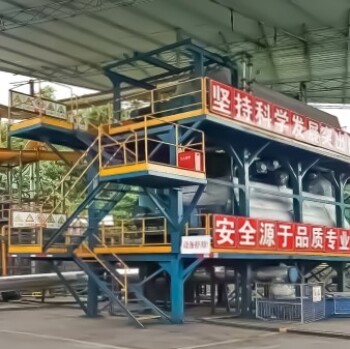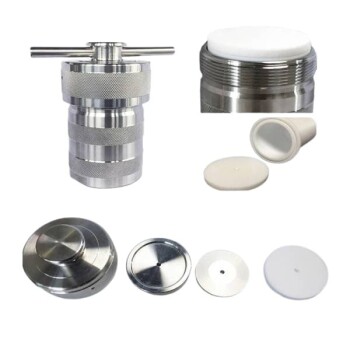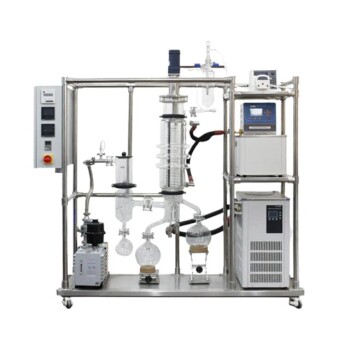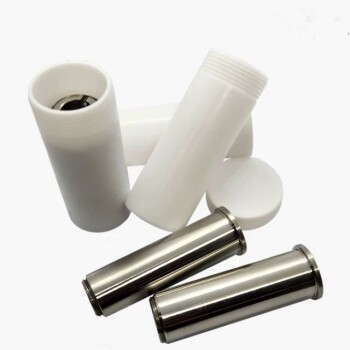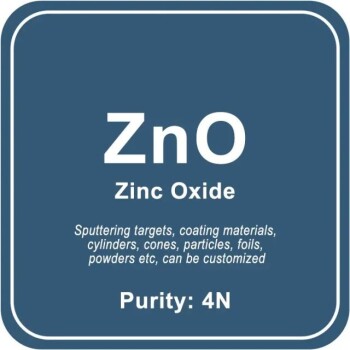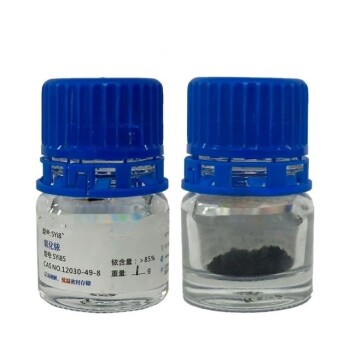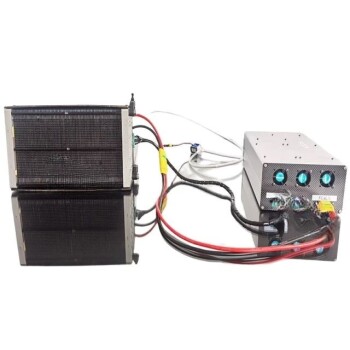Yes, pyrolysis produces bio-oil.
Summary: Pyrolysis is a process that involves the rapid heating of biomass in the absence of oxygen, followed by rapid cooling. This process results in the production of bio-oil, a liquid product composed of oxygenated organic compounds, water, and other organic and inorganic substances. Bio-oil is a primary product of fast pyrolysis and can be derived from various types of biomass such as perennial grass, corn stover, or wood.
Explanation:
-
Process of Pyrolysis:
- Heating: Biomass is heated to high temperatures, typically around 500°C, in an oxygen-free environment. This step breaks down the biomass into simpler compounds.
- Quenching: The vapors produced during heating are quickly cooled, which condenses them into a liquid form known as bio-oil. This rapid cooling is crucial to prevent further decomposition of the vapors into gases or solids.
-
Composition of Bio-Oil:
- Oxygenated Compounds: Bio-oil is rich in oxygenated organic compounds, which contribute to its properties such as acidity, instability, and lower heating value compared to petroleum oils.
- Water Content: Bio-oil typically contains a significant amount of water, often ranging from 20% to 30%. This water content affects the physical properties and stability of the bio-oil.
- Other Components: Bio-oil may also contain solid inorganics, carbon char, and various organic compounds like acids, alcohols, ketones, and furans.
-
Uses and Challenges:
- Potential Uses: Bio-oil can be upgraded into heating oil and, with extensive treatment, transportation fuels. However, its direct use as an engine fuel is limited due to its high oxygen content, acidity, and instability.
- Upgrading: To improve its stability and reduce its oxygen content, bio-oil requires upgrading processes. These processes aim to make bio-oil more compatible with existing fuel infrastructure and to enhance its energy content.
-
Variability and Yield:
- Yields: The yield of bio-oil from fast pyrolysis can be up to 75% of the biomass input, with variations depending on the type of biomass and process conditions.
- Properties: The properties of bio-oil, such as its viscosity, water content, and chemical composition, can vary significantly based on factors like the heating rate, residence time, and the specific biomass used.
In conclusion, pyrolysis is an effective method for producing bio-oil from biomass, offering a potential alternative to fossil fuels. However, the challenges of upgrading and stabilizing bio-oil to meet specific fuel standards require further research and development.
Elevate your biomass processing game with KINTEK SOLUTION’s cutting-edge pyrolysis technology! Discover the power of producing bio-oil efficiently and sustainably from a variety of biomass sources. Our specialized equipment and expert solutions ensure superior yields and the highest quality bio-oil for a greener, cleaner future. Let’s transform your raw biomass into a valuable resource—contact us today for a tailored pyrolysis system that aligns with your objectives!



